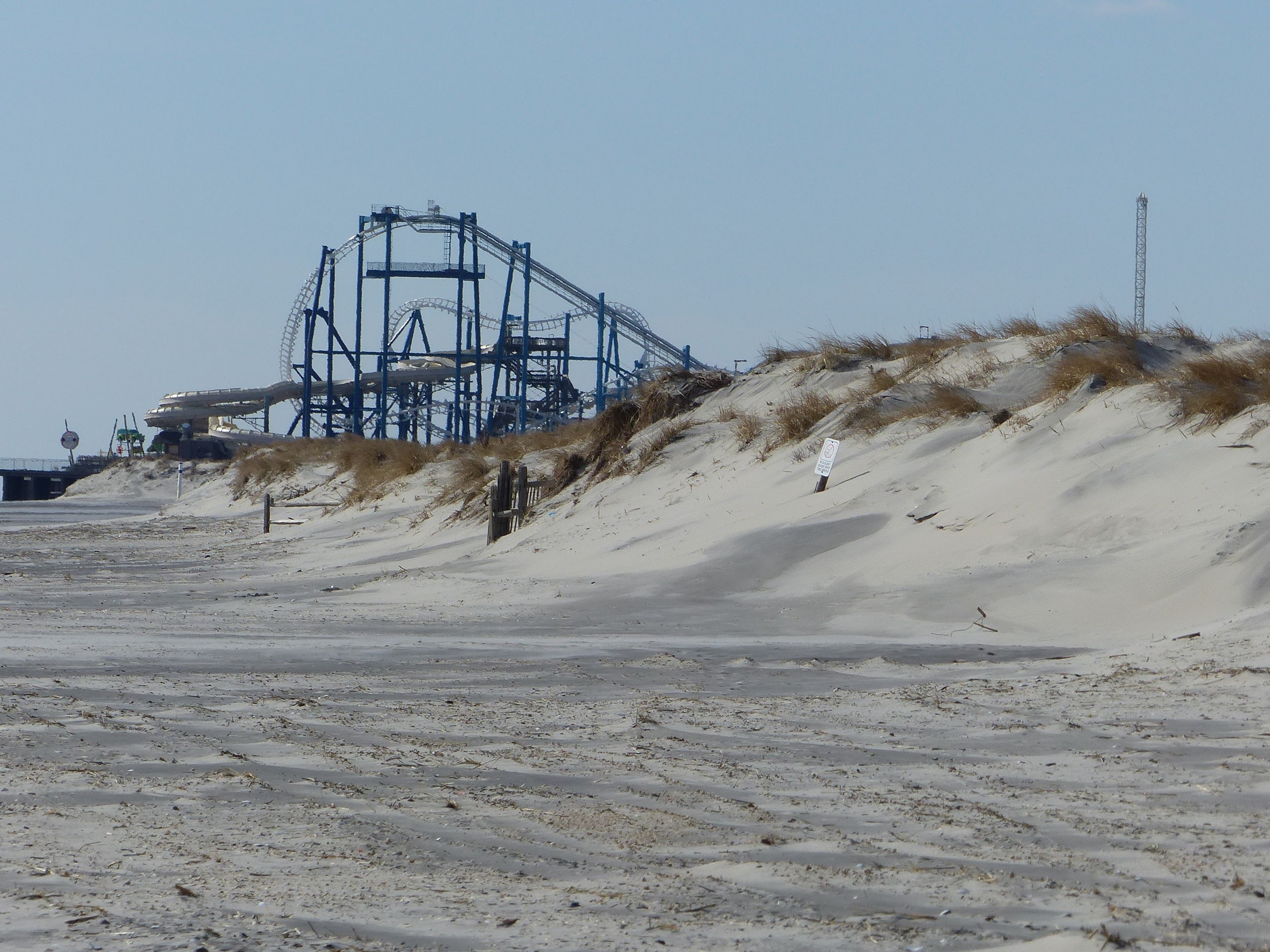ERMA — While the Lower Cape May Regional School District has shown some improved scores on state mandated tests, it is still challenged to improve Language Arts and math scores.
Gregory Lasher, Richard M. Teitelman School assistant principal, said last year the school reached “safe harbor,” for special education students under No Child Left Behind Act benchmarks in Language Arts Literacy and math, meaning 10 percent fewer students will fall into in the “partially proficient” area which is below standards.
He said in 2008, 58 percent of special education students were classified partially proficient in math, which worsened in 2009 to 67 percent. Lasher said the goal had been to reduce that figure to 52 percent or less to make “adequate yearly progress.”
In Language Arts in 2008, 57 percent of special education students were partially proficient but in 2009 that figure was reduced to 45 percent, a reduction of 10 percent.
Lasher said objectives set last year in Language Arts and math for the general student population were met.
High School Principal Joseph Castellucci said a goal was set this year for a 10 percent decrease in special education students who score partially proficient on math on the High School Proficiency Assessment (HSPA) tests.
In the 2008 school year, 61 percent of special education students were partially proficient in math. The school set a goal of dropping that figure to 55 percent and exceeded the goal decreasing it to 54 percent.
In Language Arts, a goal was set to decrease the partial proficiency percentage from 48 to 43 percent and it was exceed with the figure dropping to 41 percent.
Castellucci said a goal was set for 85 percent of the student population to be enrolled in college preparatory curriculum. He said 100 percent of the general student population is taking college bound courses since the school eliminated general education curriculum.
Christopher Kobik, director of curriculum and instruction, showed state test scores for regional school students as compared to state averages and district factor groups, which is the school’s socioeconomic make up.
Kobik said the Lower Cape May district is classed “B” or second from the bottom of socioeconomic rankings. He said 40 percent of the district’s students received free or reduced lunches due to economic reasons.
“There is a direct correlation between test scores and socioeconomic status,” said Kobik.
In math, seventh grade students exceeded their district factor group but were below the state average. The same held true for math scores for eighth and eleventh grade students.
Kobik said when students enter the district in seventh grade, they are below their factor group in Language Arts but were above their factor group in the eighth grade and in the eleventh grade, above the state average.
He said the state and federal government were interested in sub groups such as special education and economically disadvantaged students.
For general population seventh grade students, the score was below the factor group and state average.
He said sub groups: Hispanic, African-American and economically disadvantaged students were above the district factor group and state average in math. Language Arts eighth grade test scores nearly met the state average.
Kobik said special education students continue to have difficulty with state test scores but in eighth grade math, they were above the state average.
Science scores have typically been strong, he said, with the regional high school showing an 85 percent proficiency compared to 76 percent for the district factor group and an 84 percent state average.
HSPA math scores for special education students were below the state average but were better than the state average in Language Arts.
Kobik said the high school and middle school made Adequate Yearly Progress for two consecutive years and as a result is neither is a “School in Need of Improvement.” He said science scores were at or above state average and well above district factor group scores.
Kobik presented the school’s annual violence and vandalism report for the 2008-2009 school year. The school recorded 46 incidents of violence, four acts of vandalism, 28 cases of substance abuse and two incidents involving weapons. A total of 69 students were covered by the report, he said.
Kobik said there were no costs associated with the vandalism. He said police were called for 10 incidents without a complaint being filed. Police reports were filed for 14 incidents with 97 students suspended.
A total of 90 students were listed as offenders in altercations with 13 students and three school staff members listed as victims. Kobik said there were no victims of violent criminal offenses.








